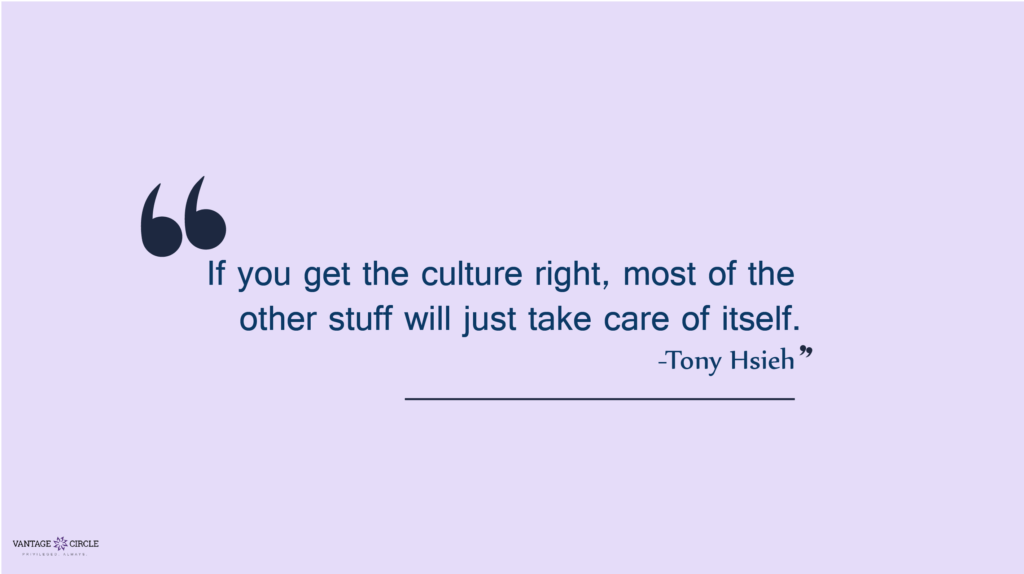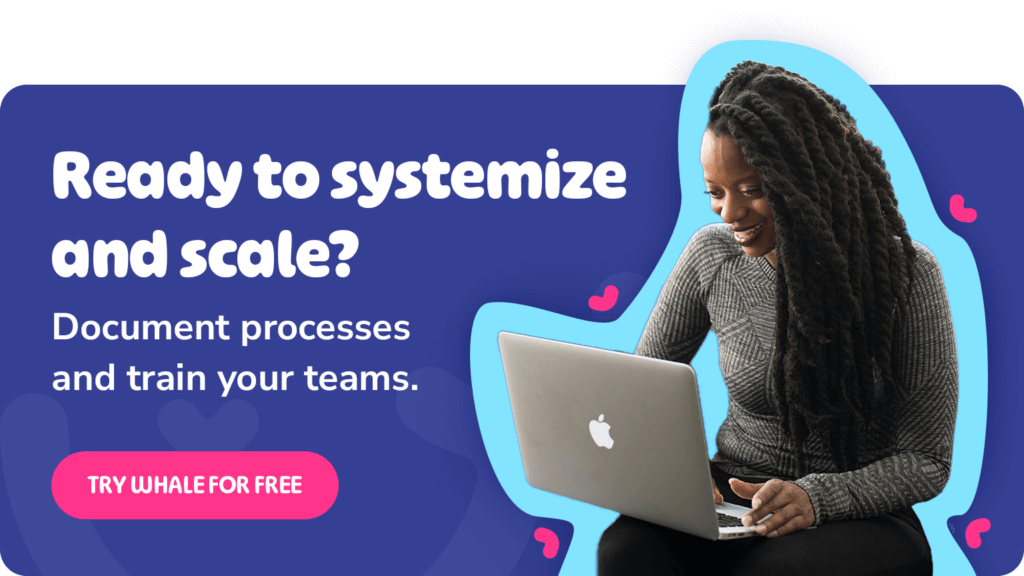Documenting employee performance is essential for both employee development and organizational success.
Proper documentation helps managers provide constructive feedback, set clear expectations, and make informed decisions about promotions, salary increases, or, in the worst-case scenario, disciplinary actions.
We’ve created this guide to outline the importance of documenting employee performance, best practices for doing so, and tools to streamline the process.
What is employee performance?
Employee performance is the measure of how well or how poorly an employee conducts their required tasks.
According to talent-works, happy employees are 31% more productive and show 3 times more creativity than their unhappy counterparts. They are also more resilient and more likely to stay in the same company for a longer period.
This is important to remember because documenting employee performance shouldn’t be about guarding against poor performance so much as it should be about inspiring positive performance and engagement.
How to influence employee performance positively
The degree to which an employee has a positive employee experience can ensure a positive trajectory from the start. Before implementing a performance process in your business, make sure to cover the most important factors that influence employee performance from the get-go.
Training and development
According to LinkedIn, 94 percent of employees would stay with a company longer if there was an investment in learning. So, if you want to keep your team members motivated to keep performing, provide the training they need to succeed.
2. Employee engagement
The Workplace Research Foundation (WRF) found a 10% increase in employee engagement investments can increase profits by $2,400 per employee per year. The bottom line is that employee engagement leads to greater productivity, which means better retention and, ultimately, business growth.
3. Company culture

Companies that have strong cultures saw a 4 times increase in revenue. Culture is the backbone of the company and directly impacts employee performance. A study by Workplace Culture found that 76% of employees in the US agreed there is a clear link between their organization’s culture and their personal productivity.
Why document employee performance?
If positive culture, engagement, and learning breed positive performance, why would you need to document employee performance?
Documenting employee performance isn’t about raising good or poor performance with the employee—it’s about putting it down on paper. Documenting expectations and performance helps set expectations for current and future employees while ensuring fairness across the workforce.
- Employee Development: Documenting both positive and constructive feedback helps employees understand their strengths and areas for improvement. This chronological record can be crucial for career development discussions and helps employees see their progress over time.
- Strengthens business performance: Effective employee development management plans can facilitate growth.. When done right, documenting employee performance allows employees to focus on growth and development.
- Risk Management: In cases of disputes, disciplinary actions, or terminations, thorough documentation provides evidence of the company’s actions. Detailed records of agreements, goals, and timelines can protect the organization from legal challenges.
Best practices for documenting employee performance
When to document?
- Ongoing Feedback: Performance should be documented during annual reviews, quarterly check-ins, and any informal feedback sessions. Immediate documentation after discussions ensures accuracy and specificity.
- Structured Reviews: Regular reviews (annual, quarterly, or semi-annual) are essential. Incorporating feedback from various sources such as peers, mentors, and clients, can provide a comprehensive view of an employee’s performance.
How to document employee performance
- Be Specific and Objective: Avoid opinions and ensure documentation is factual, detailed, and complete. This clarity helps anyone reviewing the document understand what was discussed without ambiguity.
- Use Standard Templates: Performance documentation doesn’t need to be complex. Include the date, a summary of the discussion, and signatures from involved parties. Templates can standardize the process and ensure consistency.
- Use Software: Use documentation software to keep track of performance processes.
What to include?
- Detailed Summaries: Summarize key points from performance discussions, including specific examples of both positive achievements and areas needing improvement.
- Goals and Expectations: Clearly define the goals set during the performance review and outline the steps the employee needs to take to meet these goals. Use the SMART criteria (Specific, Measurable, Attainable, Relevant, Time-based) to set these goals.

How to implement a performance management process?
- Have the basics in place. Do you have a solid onboarding process? Do you have job descriptions in place? These things are necessary before setting up a performance management process.
- Set a timeline for reviews: Determine the frequency of reviews based on organizational needs. While annual reviews are common, quarterly check-ins can provide more timely feedback and support continuous improvement.
- Incorporate continuous feedback: Regular feedback sessions help address issues promptly and keep employees aligned with organizational goals. Continuous feedback fosters an environment of support and development.
- Use Technology: Process software can streamline the documentation process. These tools allow for the continuous tracking of performance data, making it easier to manage and review employee performance over time.
Do’s & don’ts of documenting employee behavior and performance
- ✅ Do be Accurate and Factual
- ❌ Don’t use Ambiguous Language
- ✅ Do stick to the facts
- ❌ Don’t make it personal – stick to work behaviour
- ✅ Communicate and establish clear expectations
- ❌ Don’t make it personal – stick to work behaviour
Your employee performance process checklist
Make sure to;
- Start when onboarding. Employee performance management begins on day one, so it’s important to integrate it into your onboarding process.
- Set clear goals and objectives for each employee, including key performance indicators (KPIs) to measure success.
- Involve employees in the performance management process. Encourage them to participate in setting their own goals and provide self-assessments.
- Monitor performance throughout the year – not just annually.
- Set up a fair and consistent performance review process.
- Implement a process for continuous feedback within the business across all levels.
- Provide training for managers and employees on how to give and receive feedback effectively.
- Don’t focus only on the negative aspects of performance. Make sure to reward employees for great performance.
TIP – It’s ALL in the how!
A survey by Harvard Business Review found that over 90% of respondents believe that negative (redirecting) feedback, when delivered appropriately, effectively improves performance. The key is to focus on how to deliver the feedback.
Bottom Line?
Documenting employee performance is a critical aspect of effective performance management. It ensures that employees receive the feedback they need to grow and that organizations have the necessary records to support their decisions.
By following best practices and leveraging technology, companies can create a robust performance documentation process that supports both employee development and organizational success.
FAQs on documenting employee performance
How can a learning management system improve employee performance?
A Learning Management System (LMS) or employee training software can be a major influence in boosting employee performance by increasing your training effectiveness, which enables team members to perform better.
What are the stages of employee performance?
Performance management generally includes planning, monitoring, evaluation, and recognition. The objectives are to set SMART goals for employees, document and record performance, and deliver proper feedback and recognition.
How do you talk to an employee about their performance?
First off, acknowledge the value of the employee’s contribution and highlight their strengths.
It’s important to be specific and to provide constructive feedback. Focus on specific examples of behaviour or actions that the employee can improve upon.
Do not make things personal – rather focus on specific work related examples that you can show evidence of.




